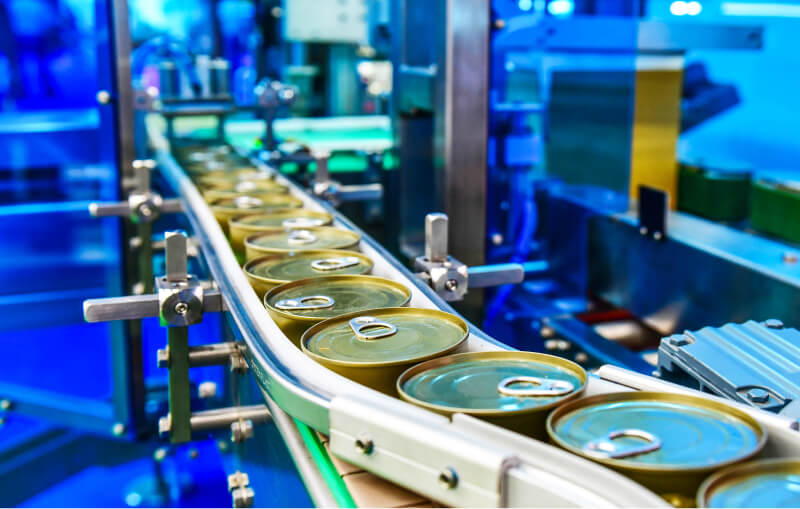Key Takeaways
- The Controlled Environment Agriculture (CEA) market is projected to grow from USD 67.4 billion in 2025 to USD 250.0 billion by 2035, at a CAGR of 14.0%.
- Asia-Pacific is the leading region for market growth, driven by innovations in vertical farming and hydroponics, while Europe and North America show steady progress.
- Hydroponics is expected to dominate the technology segment, accounting for 44.7% of the total market revenue in 2025.
The Controlled Environment Agriculture (CEA) market is expanding rapidly, set to increase from USD 67.4 billion in 2025 to USD 250.0 billion by 2035. This growth, at a CAGR of 14.0%, highlights significant regional disparities, particularly strong in Asia-Pacific, which benefits from a high population density, limited arable land, and government-backed initiatives.
Asia-Pacific is harnessing technological innovations in agriculture, with countries like China, Japan, and India emerging as pivotal players. The CEA infrastructure in these nations is evolving rapidly, allowing them to capture a significant portion of global market growth. The market value is expected to rise substantially within the region, driven by increased investment in vertical farming and hydroponics.
In contrast, Europe is experiencing moderate growth. The market is anticipated to rise from USD 76.9 billion in 2026 to USD 129.9 billion by 2030, propelled by sustainability mandates and strong consumer demand for fresh, locally sourced produce. However, the pace of growth is tempered by high operational costs and energy dependencies, especially in Western European nations. North America reports steady momentum, projected to scale from USD 87.7 billion in 2027 to USD 168.8 billion by 2032, predominantly due to advancements in greenhouse technologies and investment in smart farming solutions.
The CEA industry accounts for approximately 5.7% of modern agriculture, emphasizing efficiency and year-round crop production through hydroponic, vertical farming, and greenhouse systems. Segment analysis reveals that hardware will lead in revenue at 38.5% in 2025, driven by the necessity for equipment that ensures optimized cropping conditions. Hydroponics is anticipated to be the most profitable method, allowing faster growth and higher yields.
Key drivers of market growth include urbanization, the need to close the agricultural supply gap, and growing food security concerns. Automation, IoT integration, and AI technologies are enhancing operational efficiencies, while environmental concerns boost the demand for sustainable agriculture practices.
Emerging trends indicate that urban and vertical farming are vital to meeting urban food demands, employing systems that reduce transportation emissions and enhance food quality. Moreover, commercial greenhouses are evolving to manage pest issues and optimize production capabilities.
Technological advancements in automation, climate control, and efficient resource usage are driving future innovations, catering to both market demand and environmental sustainability. The CEA sector is quickly positioning itself as a fundamental element of global food production methodologies, countering traditional practices constrained by climate and land limitations.
Collectively, these dynamics present a robust outlook on the future of controlled environment agriculture.
The content above is a summary. For more details, see the source article.















